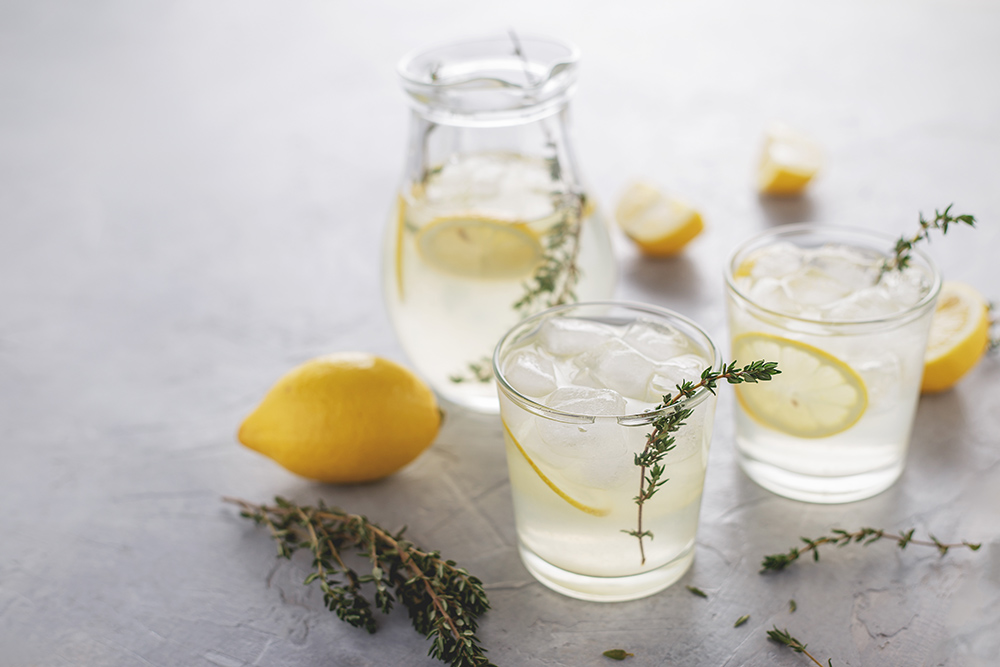We’re almost through the second month of 2019, and talk of resolutions is no longer taking up social media feeds, emails or advertisements. Have you made any small improvements in your health since the new year started? Have you stayed on track?
For many people, making small, incremental improvements is more easily attainable than setting big resolutions. As NGI wrote last year in its Baby Steps to Better Health series, small improvements provide incremental, achievable goals and set us up for success. Small repeated efforts yield longer-lasting benefits.
If you’ve kept up with the small health improvements you’ve adapted, great! If not, don’t be hard on yourself. Don’t stop at each mistake or difficulty and dwell. Keep moving forward.
I first suggested beginning your year of small improvements by trying to add more whole foods to your diet. In her article on eating whole foods, NGI Founder Annemarie Colbin, Ph.D., said, “A healthful regime would include at least 70-80 percent whole foods.” In other words, aiming for at least 70-80 percent is much more realistic than trying for 100 percent and will still make a tremendous impact on your health.
Once you’ve worked on filling your plate with fruit, vegetables, whole grains and legumes, start focusing on drinking more water. Hydration is something we typically think of during the hot months of the year, but is just as important during the colder, dry months. Beyond quenching our thirst, staying hydrated helps boost skin health, stimulate digestion, flush toxins and prevent kidney damage, among many other health benefits.

Here are three tips to keep in mind when improving your hydration:
- Monitor your intake: According to The Institute of Medicine (IOM), men should aim for at least 101 ounces of water per day, which is a little under 13 cups, and women should aim for at least 74 ounces, which is a little over 9 cups. If you are in a colder or a dryer climate, you may need to adjust that amount. And of course, your size matters, too. The IOM suggests that intake should amount to about 1/2 to 1 ounce of water for every pound you weigh.
- Invest in a filter: There are hundreds of types of contaminants coming through the tap, even though water is chemically treated to be “safe.” Think about investing in one of the wide varieties of filters. They vary in price and can be installed above or below the sink. Plus, there are plenty of filtered pitchers and water bottles to choose from. Decide what works best for you based on space availability, personal preference and cost.
- Get creative: Staying hydrated doesn’t have to be boring. Add some lemon or mint to your water to give it flavor, juice your favorite fruits and vegetables, or even check out the plethora of water options at the store with sources from coconuts, maple trees, cacti, watermelons and more. Here’s one of my favorite juice recipes from the Natural Gourmet Center’s Health-Supportive Culinary Arts curriculum.

Ingredients
- 1 1/2 large cucumbers (2 1/4 pounds), peeled, ends discarded
- 3/4 lemon, peeled, pith intact
- 1/4 pound pineapple (about 3/4 cup)
- 1 inch piece of ginger root, scrubbed, unpeeled
- 1 1/2 zucchinis (1 pound), trimmed
- 6 large kale or collard leaves (1/2 pound), washed, trimmed, stems intact
- 1/4 bunch parsley (1 ounce), washed and spun dry, ¼-inch stems trimmed and discarded
- 3 large celery stalks (1/4 pound), cleaned
Directions
- Cut produce to fit juicer feed tube. Juice produce in order of ingredient listing, ending with celery stalks.
- Serve immediately.
Learn more about health-supportive diets and cuisine at the Natural Gourmet Center.




